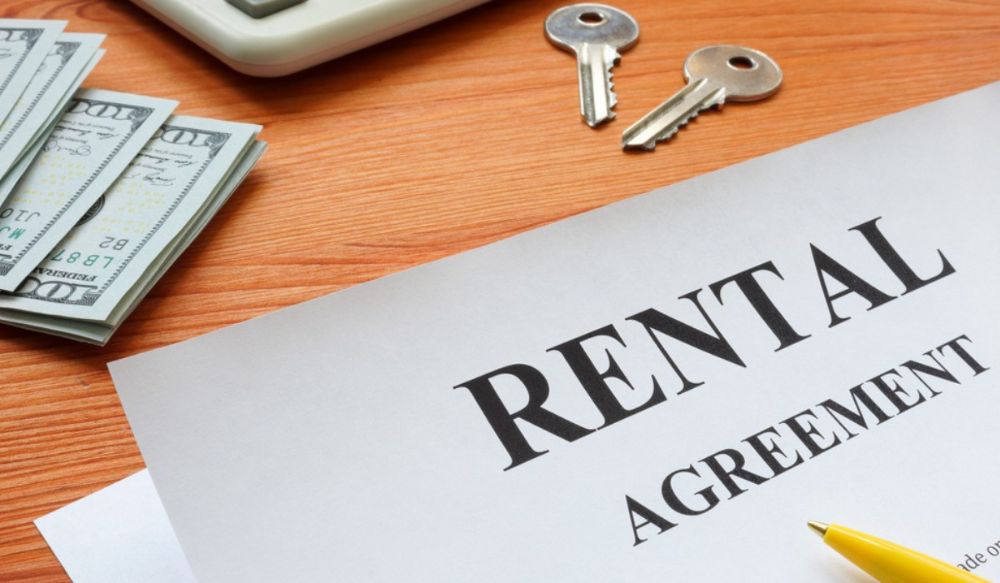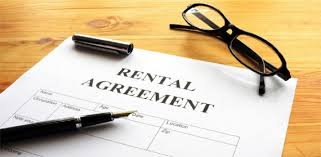What is a Rent Agreement? A Beginner’s Guide

A rent agreement is a legally binding document that outlines the terms and conditions between a landlord and a tenant for leasing a property. Whether you are a tenant or a landlord, understanding the basics of a rental agreement is crucial to avoid disputes and ensure a smooth renting experience.
Understanding a Rental Agreement
A rental agreement is a contract that specifies the rights and responsibilities of both parties involved in renting a property. It includes details such as rent amount, duration, security deposit, and other conditions necessary for a transparent agreement.
Key Components of a Rental Agreement
A standard rental agreement typically includes:
- Names of both parties – The landlord and tenant’s full names.
- Property details – The address and description of the rental property.
- Rent and security deposit – The agreed-upon rent amount, payment method, and security deposit.
- Duration – The lease term, whether it is monthly or yearly.
- Maintenance and repairs – Responsibilities of both parties for upkeep and repairs.
- Termination clause – Conditions under which the agreement can be terminated.
Benefits of an Online Rent Agreement
With digitalization, many people now prefer creating an online rent agreement over traditional paperwork. Online agreements offer several advantages, including:
- Convenience – Easily accessible and modifiable from anywhere.
- Legal validity – E-stamped and legally recognized in many jurisdictions.
- Time-saving – Quick and hassle-free drafting without needing physical documentation.
Format for Lease Agreement
A format for lease agreement may vary based on legal requirements, but a standard format includes:
Sample Lease Agreement Format
1. Title: Rental/Lease Agreement
2. Parties Involved:
- Landlord’s Full Name and Address
- Tenant’s Full Name and Address
3. Property Description:
- Full address and details of the rented premises
4. Term of Lease:
- Start and end date of the agreement
5. Rent and Security Deposit:
- Monthly rent amount and due date
- Security deposit amount and refund conditions
6. Responsibilities of Parties:
- Maintenance and utility bill obligations
- Rules on property usage
7. Termination Clause:
- Notice period for termination
- Conditions for eviction
8. Signatures:
- Landlord and tenant’s signatures with date
Conclusion
A rental agreement is an essential legal document that protects both landlords and tenants. Whether opting for a traditional format or an online rent agreement, understanding the format for lease agreement ensures a smooth renting experience. Always ensure the agreement is properly drafted and legally compliant to avoid future disputes.

